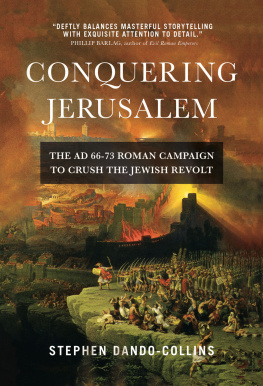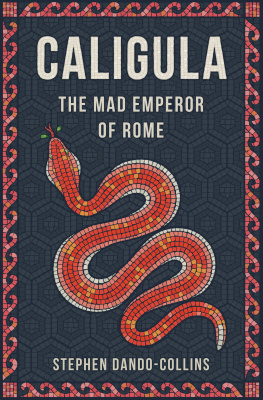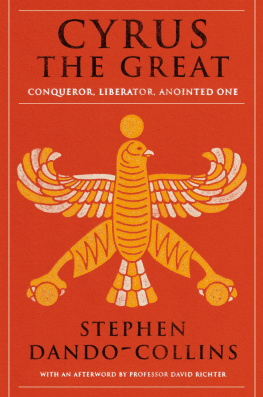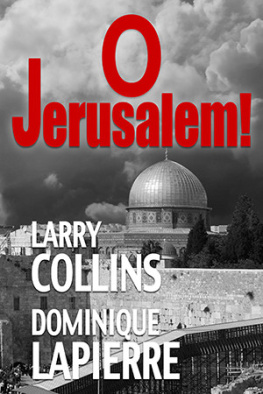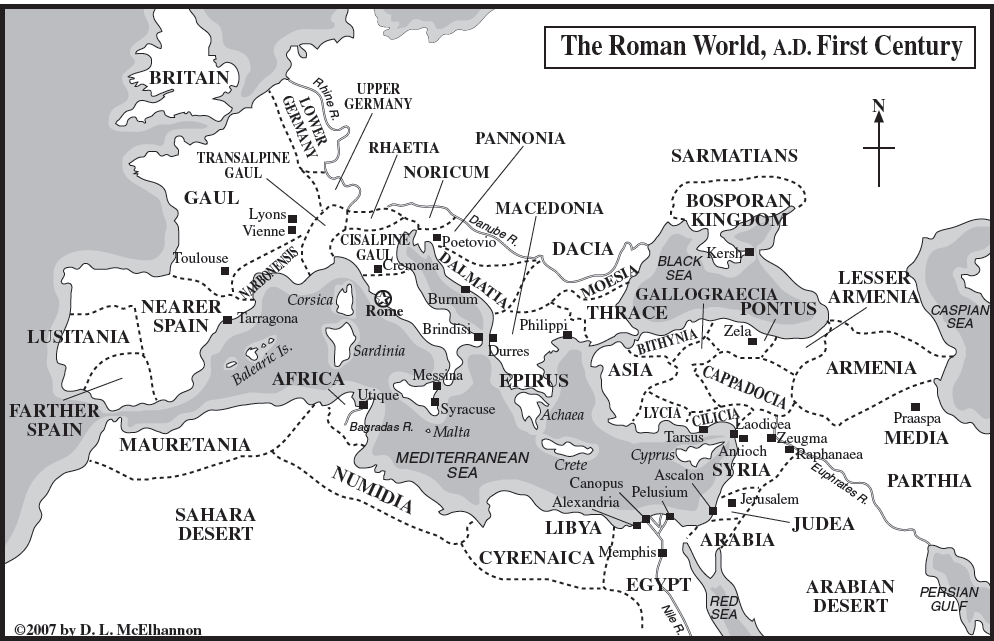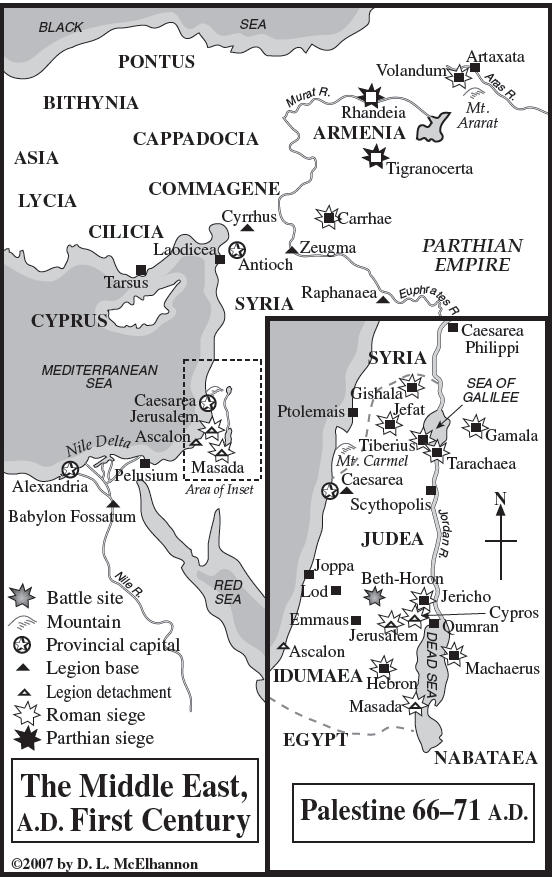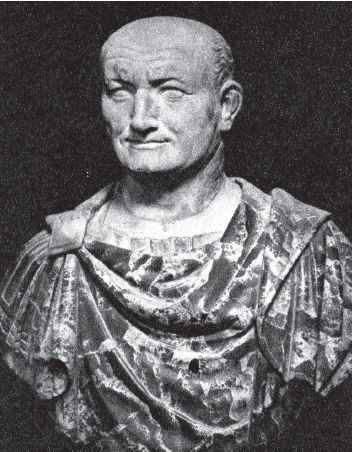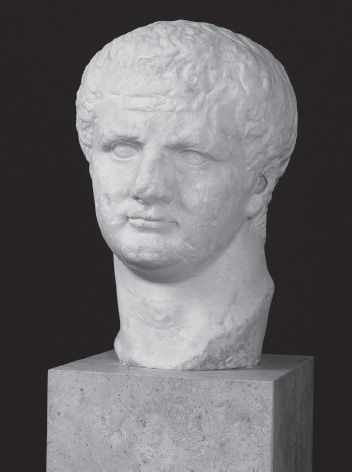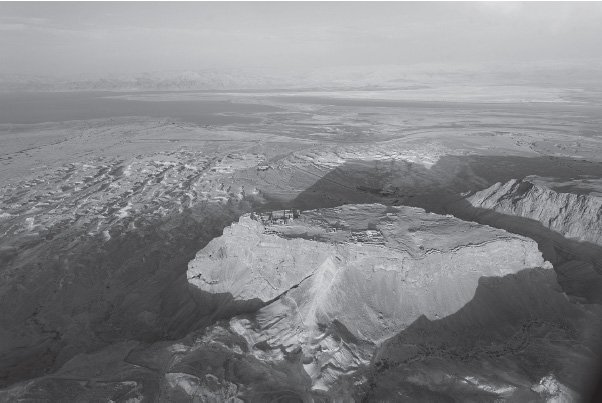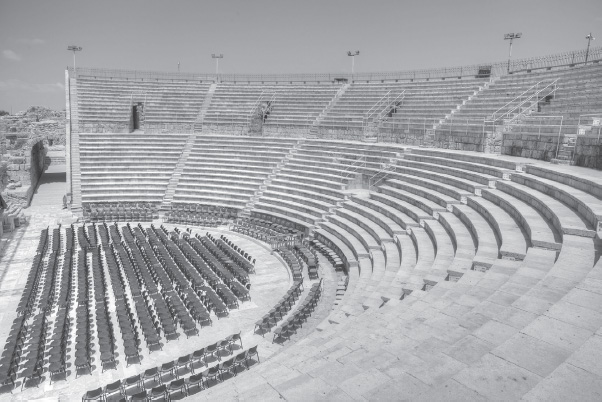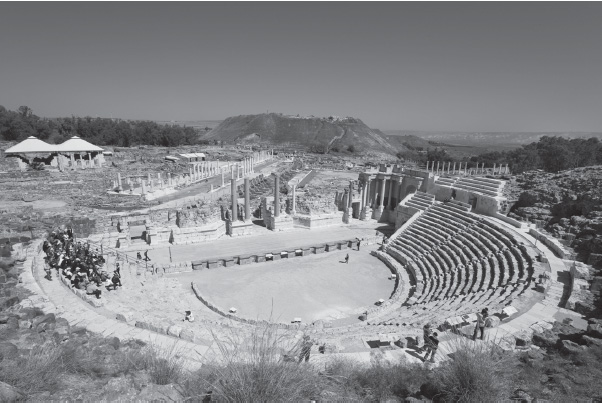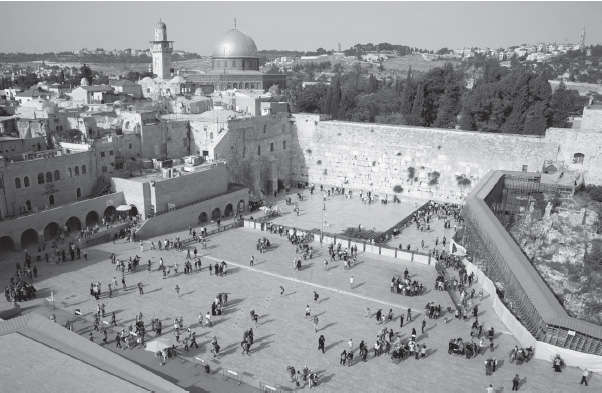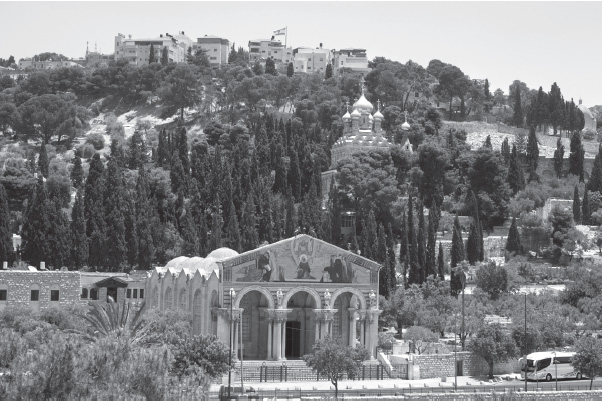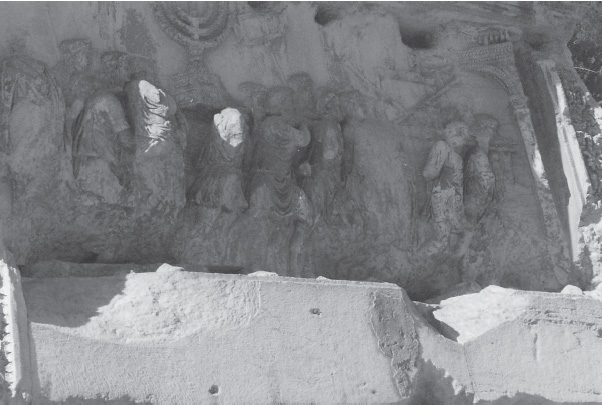Contents
Page List
Guide
For far too long, the Great Revolt has been overlooked in the grand sweep of history. Stephen Dando-Collins finally gives this epochal event the focus it deserves, and in the way that only he can. Full of tragedy and triumph, heartbreak and heroism, Conquering Jerusalem deftly balances masterful storytelling with exquisite attention to detail. This book is a must read to understand this conflict, which still reverberates to this day.
PHILLIP BARLAG, author of Evil Roman Emperors, The History of Rome in 12 Buildings, and The Leadership Genius of Julius Caesar
The first Jewish-Roman War of 6673 CE was a struggle that had enormous consequences, not only for Jews, but for Western Civilization as a whole. Before the war, Jews belonged to many sects: there were Pharisees, Sadducees, Essenes, Zealots, along with smaller groups like the monastics of Qumran and the followers of Jesus of Nazareth. Like a meteor, the war extinguished everything except the Pharisees, ancestors of rabbinic Judaism, and the Christians of the Greek and Latin speaking provinces touched by Saint Paul. The war itself was a complex event: the struggle between the various factions among the Jews made it almost as much a civil war as a war against Rome. Meanwhile the Roman Empire was in a state of civil war itself in 69 CE when, at the death of the emperor Nero, military leaders from all parts of the Empire sought, and briefly succeeded, in establishing themselves in the center of political power. It was Vespasian, the general sent by Nero to put down the Jewish revolt, who reestablished stability in Rome and founded the new Flavian dynasty of emperors, while his son Titus, at the head of his fathers legions, brought the struggle to its fiery conclusion. Stephen Dando-Collins tells this story in Conquering Jerusalem as a rip-roaring yarn that clarifies both the complexities of combat and the political maneuvers that influenced the outcome of the military struggle.
DAVID RICHTER, professor emeritus at the Graduate Center of the City University of New York
A gripping and pacy account of the Great Jewish Revolt against the might of Rome from its chaotic inception to the final destruction and levelling of Jerusalem in AD 70. Stephen Dando Collins narrates his well-researched account of the complex and often harrowing events with a punchy clarity. One cant help thinking that the revolt might have succeeded were it not for the extreme level of factionalism and infighting that beset the Jewish cause from beginning to end.
PAUL N. PEARSON, author of Maximinus Thrax: From Common Soldier to Emperor of Rome
CONQUERING JERUSALEM
CONQUERING JERUSALEM
THE AD 6673 ROMAN CAMPAIGN TO CRUSH THE JEWISH REVOLT
STEPHEN DANDO-COLLINS
TURNER PUBLISHING COMPANY
Nashville, Tennessee
www.turnerpublishing.com
Conquering Jerusalem
Copyright 2021 by Stephen Dando-Collins. All rights reserved.
This book or any part thereof may not be reproduced or transmitted in any form or by any means, electronic or mechanical, including photocopying, recording, or by any information storage and retrieval system, without permission in writing from the publisher.
Cover design: Rebecca Lown
Book design: Erin Seaward-Hiatt
9781684425471Paperback
9781684425488Hardback
9781684425495Ebook
Printed in the United States of America
With warm gratitude to my longtime New York literary agent and good friend, Richard Curtis; to my supportive publisher, Stephanie Beard, and editor, Heather Howell; and my fellow soldier in the battle against the vicissitudes of life, my dearest wife, Louise.
TABLE OF CONTENTS
Vespasian, bust. Vespasian, commander of the second Roman campaign to terminate the Jewish Revolt, during which he became emperor of Rome. Bridgeman Images.
Titus, bust. Titus, who took over the Judean campaign from his father and completed the conquest of Jerusalem in AD 70. Bridgeman Images.
Masada, aerial. Masada today. Here, the Jewish Revolt began and ended. Copyright, Dana Friedlander. Courtesy Israeli Ministry of Tourism.
Roman theater, Caesarea. The theater at Caesarea, Roman capital of Judea, once frequented by Romes legionaries, is still used today, by Jewish audiences. Copyright, Noam Chen. Courtesy Israeli Ministry of Tourism.
Roman theater, Beit Shean, Israel. The theater at Scythopolis, Judea, a city that remained loyal to Rome throughout the Jewish Revolt. Copyright, Noam Chen. Courtesy Israeli Ministry of Tourism.
Model of Jerusalem. Jerusalem, AD 6670, with the Antonia Fortress, with its four towers, and the Second Temple, center. Bridgeman Images.
Western or Wailing Wall, Jerusalem. Jerusalems Temple Mount today, showing the Western Wall, or Wailing Wall. In AD 70, this was the site of desperate fighting. Copyright, Noam Chen. Courtesy Israeli Ministry of Tourism.
Mount of Olives. Mount of Olives, Jerusalem, today. Site of the Garden of Gethsemane, and of the camp of the 10th Fretensis Legion during Tituss siege of Jerusalem. Copyright, Noam Chen. Courtesy Israeli Ministry of Tourism.
Tunnel, Jerusalem. A tunnel beneath Jerusalems Temple Mount remains as it was in AD 70, when Jewish rebels hid here following the fall of the Temple. Copyright, Noam Chen. Courtesy Israeli Tourism Ministry.

